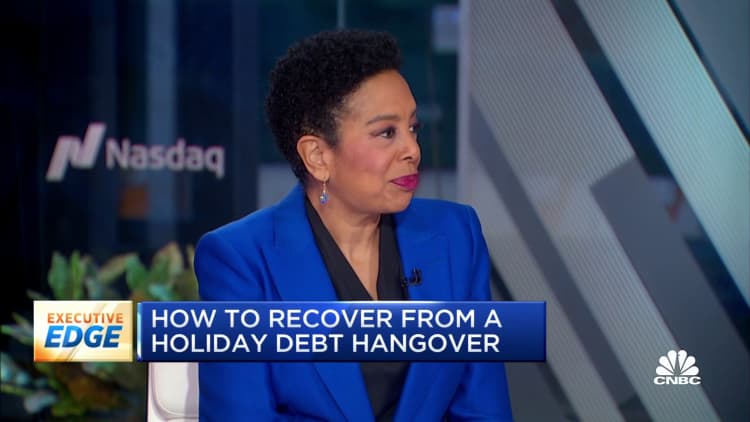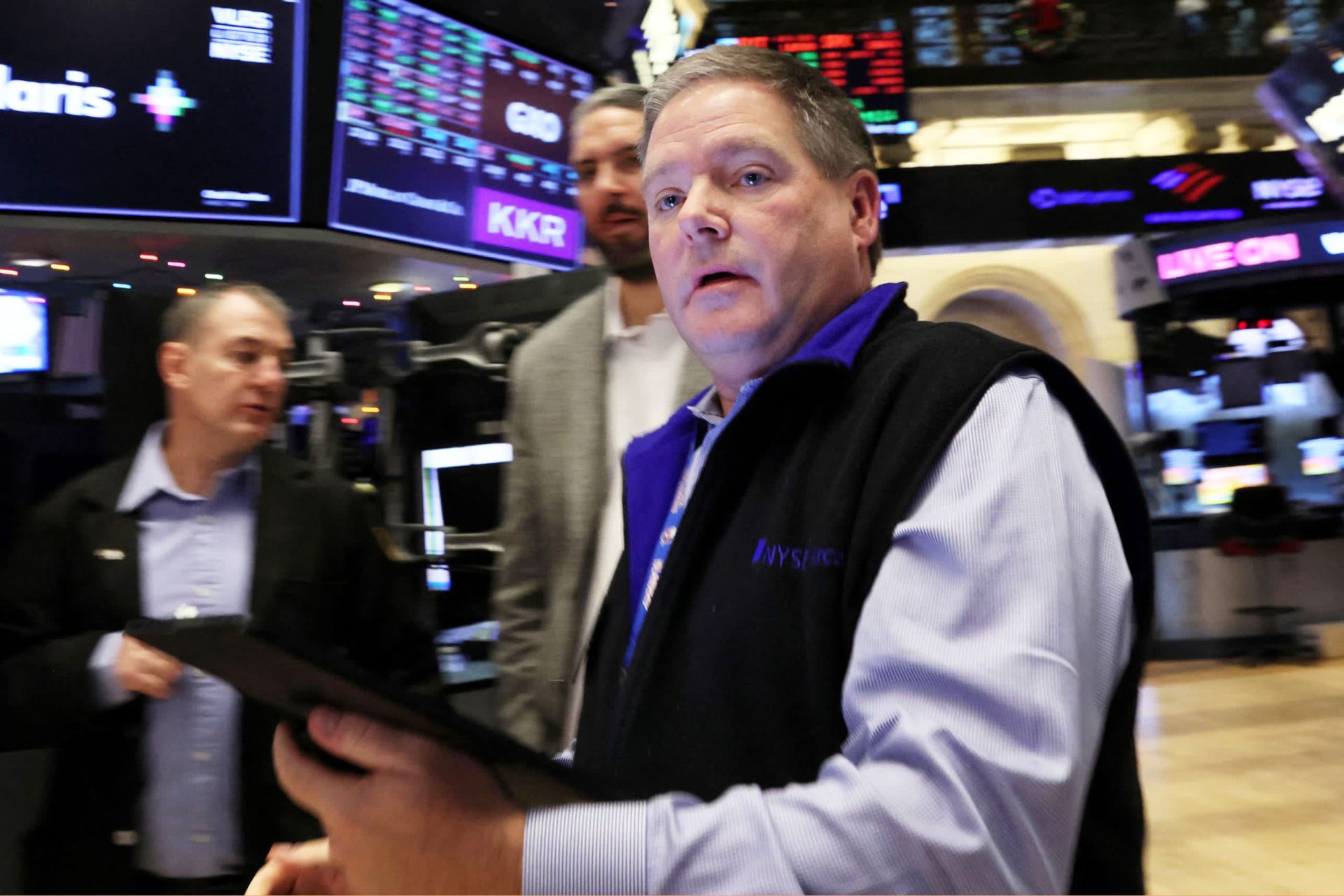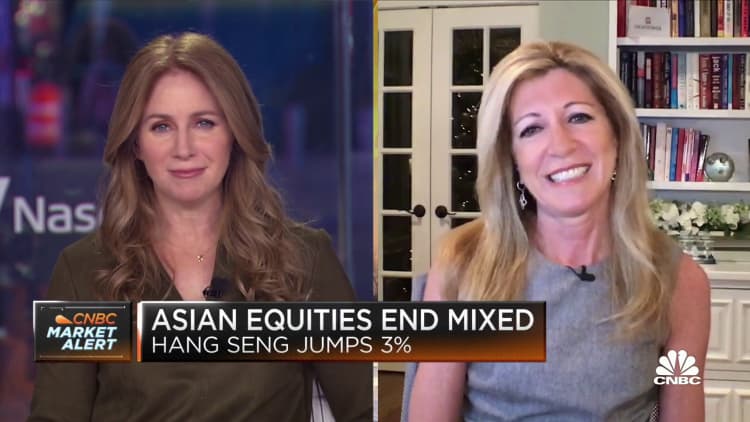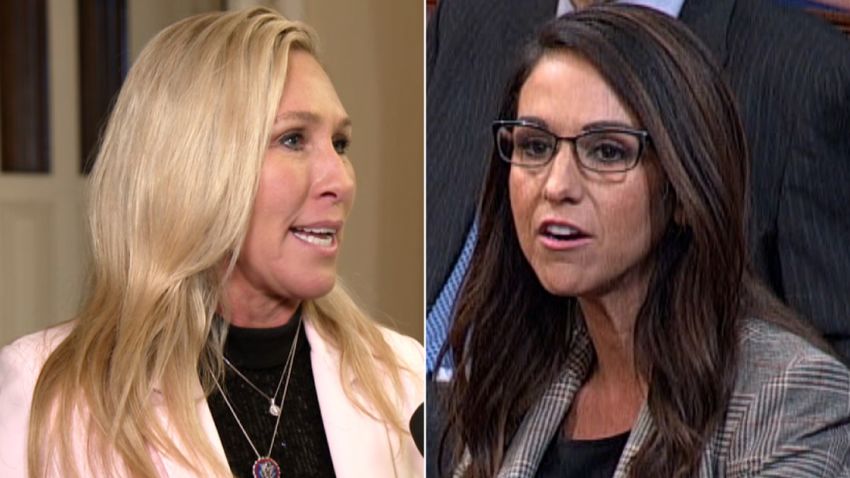CNN
—
Kevin McCarthy is the latest Republican leader to find out that it’s impossible to get ahead of his party’s inexorable march to its far-right extremes.
The Californian, who has lost a stunning 11 consecutive House roll call votes in his bid to become speaker, was the first major GOP leader to embrace ex-President Donald Trump after the January 6, 2021, insurrection.
But on Friday’s two-year anniversary of the worst attack on American democracy in the modern era, he’s finding out that even that supposedly career-enhancing bet is insufficient to unlock the votes of Trump’s heirs in the chaos wing of the GOP.
McCarthy is becoming the latest example of a political leader consumed by a revolution the “Make America Great Again” radicals helped to stage. For the radical lawmakers now blocking his ascent to his dream job, he’s become the political establishment he once condemned.
Republicans won control of the House through democratic means in a free and fair election. But their far smaller-than-expected majority is offering extra leverage to the kind of pro-Trump extremists many voters appeared to reject in last year’s midterms.
But not even Trump himself – the author of the election-denying scam that led to the insurrection and who once could move the GOP in the House with a single phone call – could rally MAGA fundamentalists in the House for McCarthy. His failure to do so hints at diminished influence for the ex-president after his limp launch of a 2024 White House bid and a disastrous midterm election campaign for his chosen candidates. It might show that the wildest manifestations of Trumpism no longer need Trump himself.
Two years ago, scores of House Republicans refused to certify President Joe Biden’s 2020 election victory and many spent years appeasing Trump’s lawless behavior. Yet after driving democracy to the brink, the GOP controls one half of Capitol Hill – or will if it eventually gets its act together and picks a speaker.
In another surreal scene on the Hill this week, one of those Republicans, Georgia Rep. Marjorie Taylor Greene – who has downplayed the insurrection and said rioters would have “won” if she was in charge – is complaining about the extremism of some of her colleagues who oppose McCarthy.
“That’s not serious. I don’t think that’s leadership, and I really see it as more obstruction than progress,” she told CNN’s Manu Raju on Thursday.
Marjorie Taylor Greene takes aim at Boebert for speaker vote ‘drama’
But even in the wake of the attack on the US Capitol, the right-wing media machine and a still-angry base of voters mean there are strong political incentives for disruptor politicians in the ex-president’s image.
Two of them, Reps. Lauren Boebert of Colorado and Matt Gaetz of Florida, are ringleaders of the fight to block McCarthy. The speakership stalemate is not just a fresh indication of the turmoil still racking the GOP after the far-right forced out two previous GOP speakers. It suggests the new GOP House majority will be perennially dysfunctional and – given the capacity of a few lawmakers to grind the chamber to a halt at any moment – chaotic political crises are likely to dominate the next two years.
Boebert on McCarthy: Trump needs to tell him he does not have the votes
Trump may no longer be in the White House but the circus-style politics that he built on a foundation of rebellion in the GOP is back and has tied Washington in knots again. As a mark of how bad things are, the impasse over the speaker has prevented the GOP from even properly taking power given that lawmakers cannot be sworn in before a leader has been selected.
Far-right Republicans have blocked McCarthy’s dream of becoming speaker in multiple humiliating roll call votes. The showdown is rooted in the same extremist ideological strain of Republican politics as Trumpism, which again has a vehicle in Washington now that the GOP holds a slice of power.
The conditions that provoked and empowered that small group of political opportunists on the right are only possible because of the ex-president’s poisoned legacy. McCarthy can lose only four GOP votes for his speakership bid, and the tiny Republican majority gives extremists great leverage.
But that narrow margin – which will also put the majority in a precarious position on must-pass legislation like funding the government and raising the debt ceiling later on – is the direct result of voters being alienated by the ex-president’s incessant, false claims of 2020 voter fraud and the party failing to deliver the “red wave” many Republicans had predicted.
By balking at handing unfettered power to the GOP – and a House majority that would have been workable for McCarthy – voters who wanted a period of calm have inadvertently created a scenario that breeds the instability they appear to disdain.
McCarthy has made multiple concessions to the rebels that risk rendering the office of the speaker toothless if he does win it. But by the time he had suffered more defeats in roll call votes on Thursday afternoon, it was clear America was watching one of its greatest political farces.
McCarthy’s concession could ‘put him on constant thin ice’ says analyst
Not all of those ultra-conservatives blocking McCarthy are making outlandish demands. Some, for instance, are demanding fuller debates, a return to regular order in committees and more power for individual members. But even if McCarthy can deal with this faction, he still has a problem with a more extreme bloc of lawmakers.
According to Boebert, the country was watching democracy in action, even as McCarthy repeatedly racked up around 200 votes from his conference while his various radical opponents could only attract around 20. (The defections made it impossible for McCarthy to get a majority of the House’s support since Democrats backed their own leader, Hakeem Jeffries, who routinely got more votes than McCarthy, but also short of 218).
“This is not chaos. This is a constitutional republic at work. This is actually a really beautiful thing,” Boebert said. She’s correct in that the messiness unfolding on the floor is based on rules and procedures – the most basic elements of governing that Trump had sought to disrupt with his efforts to overturn the certification of the 2020 Electoral College votes.
But her arguments founder on the reality of the rebels’ behavior. Many other Republicans have complained that it is not clear exactly what concessions the group around Gaetz, who have vowed to never support McCarthy, actually want.
“This ends one of two ways: Either Kevin McCarthy withdraws from the race, or we construct a straitjacket that he is unable to evade,” Gaetz, who cast his vote in the seventh round for Trump, told reporters on Thursday.
In other words, the most extreme hardliners will only accept a candidate that shares their no-compromise, Nihilistic form of politics that effectively makes governing impossible.
In many ways, these demands are the culmination of anti-establishment, anti-government forces first unleashed decades ago by former House Speaker Newt Gingrich’s 1994 Republican revolution. They were also the genesis of the anti-Washington Tea Party movement in the 2000s. Trump then drove out much of the governing wing of the GOP as he effectively worked to bring down the institutions of government and accountability from inside as president.
McCarthy’s negotiators were locked in talks late Thursday with hardliners on even more concessions – suggesting an extraordinary desire on his part to secure the glory of the speaker’s gavel, whatever the cost. But given the extreme forces rocking the GOP and the intransigence of the Gaetz-Boebert chaos caucus, it seemed unlikely he could create a political foundation that would promote any kind of stable governance.
Still, a McCarthy ally, Rep. Brian Fitzpatrick of Pennsylvania, told CNN that he was confident that a deal could clear the way soon for a solution to the impasse.
“We are going to see the fever break a little bit in the next 24 hours,” Fitzpatrick said.
The problem, however, is that people have been saying that about the Republican Party for years. And it only ever keeps getting more extreme.















